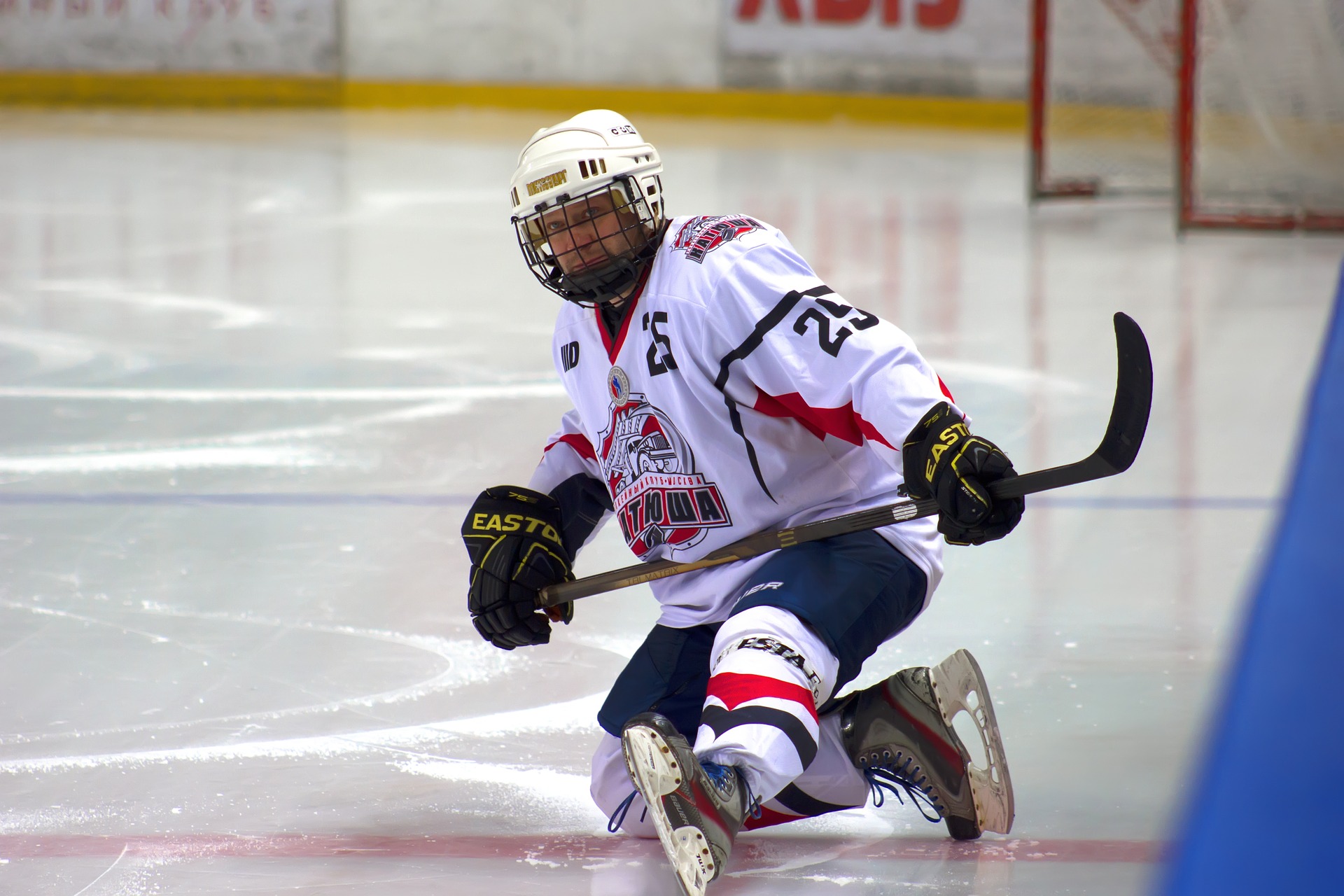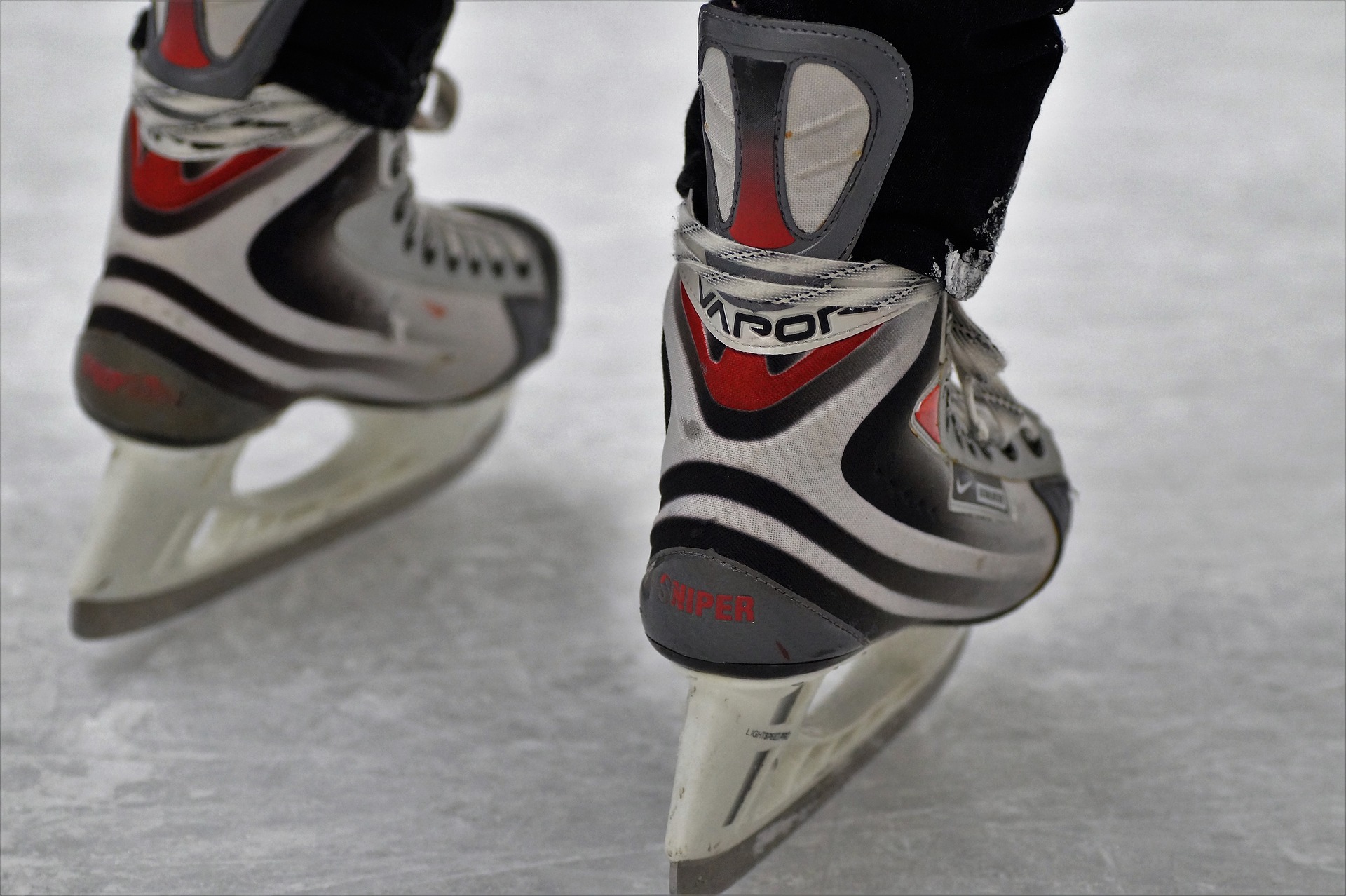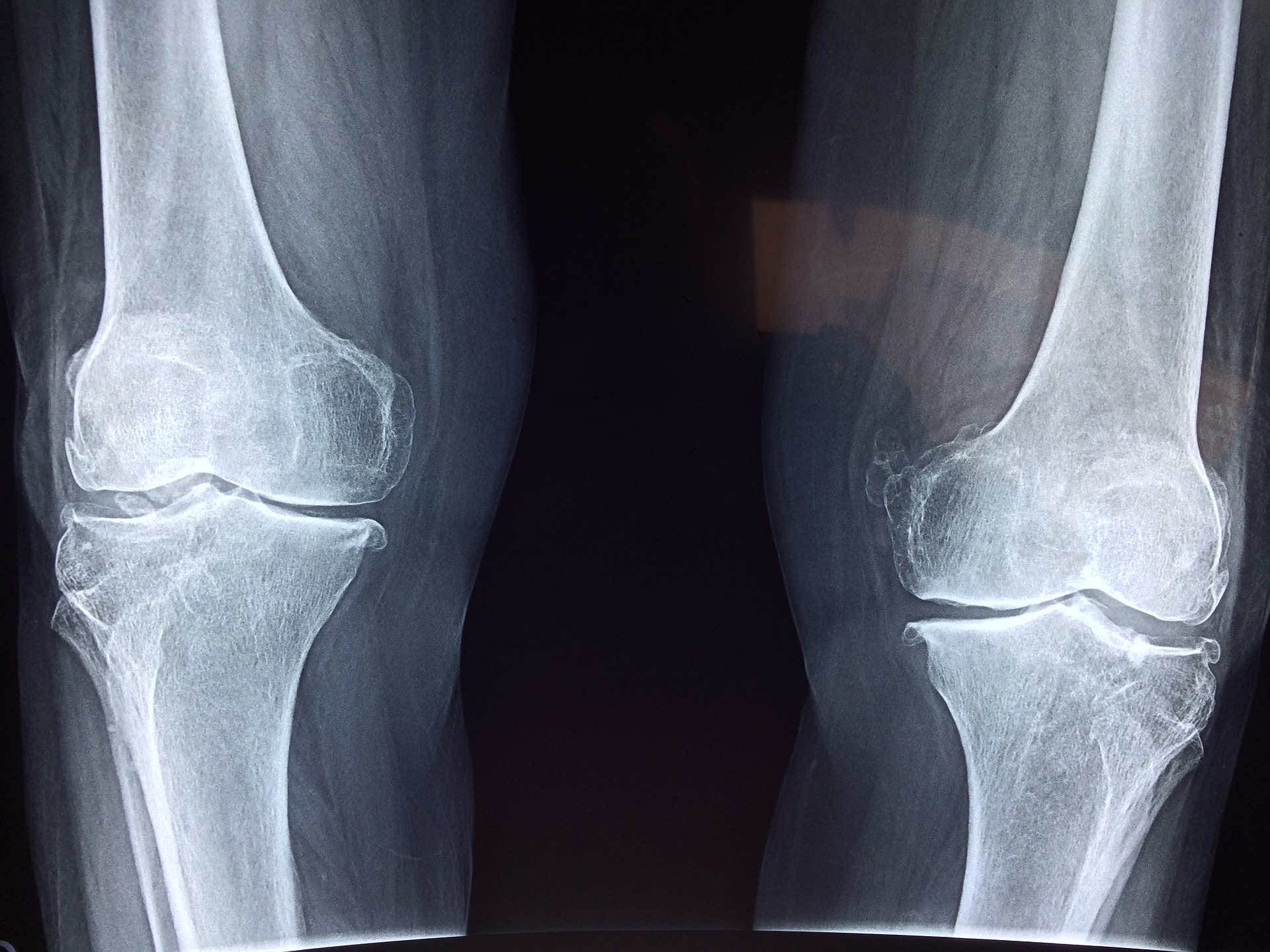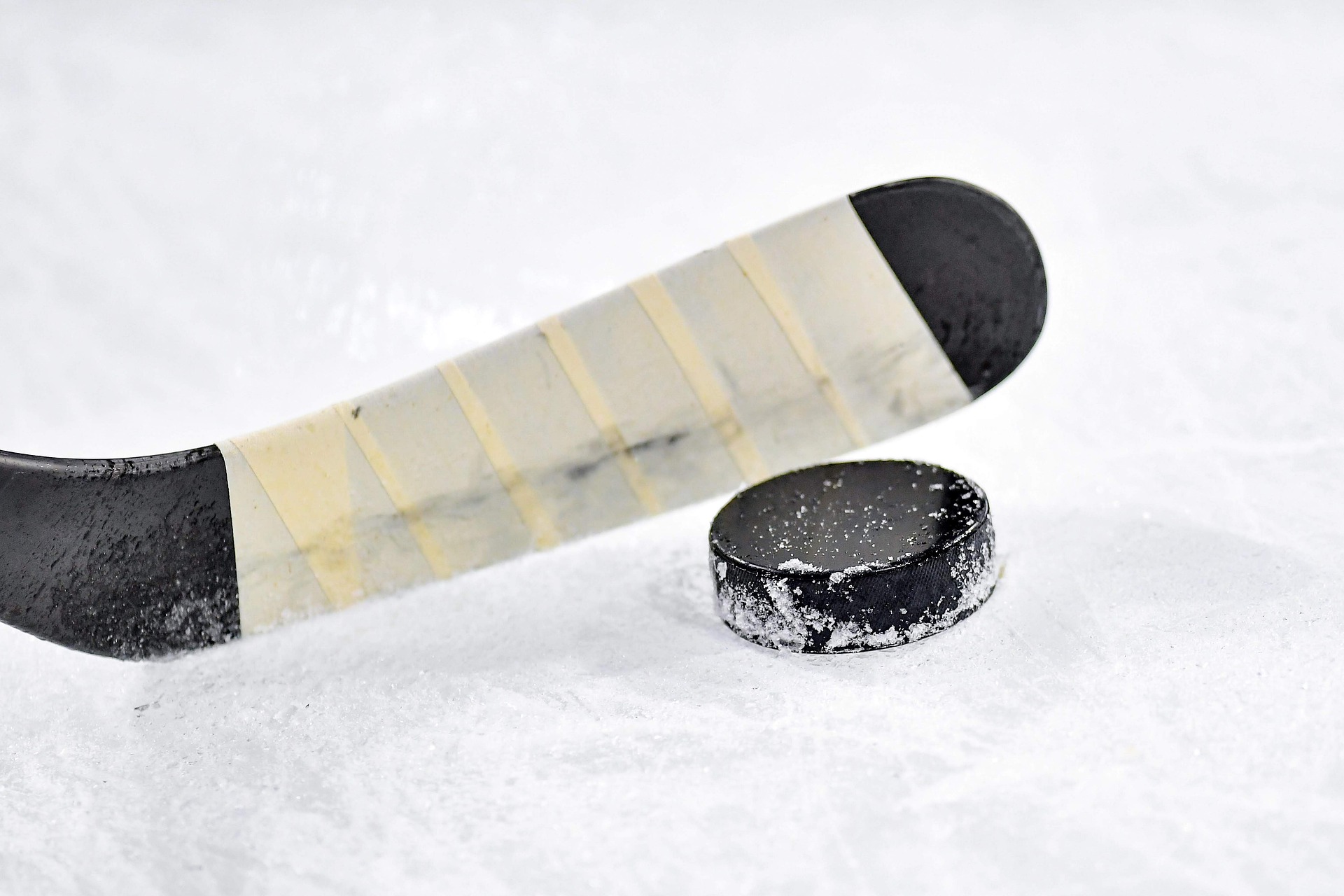Considering ice hockey is a contact sport, injuries are bound to happen as a result of players colliding. But Shinny USA leagues are no contact, so that means no injuries, right? Wrong. Even no contact versions of ice hockey have some level of inherent danger due to the nature of the sport. Luckily, these no contact injuries can be prevented fairly easily.
The three most common no contact ice hockey injuries are typically caused by the body’s inability to keep up with its own movements on the ice. Because of this, a good warm-up and cool-down routine will help prevent these injuries. They’re also all located on the lower body. Though, upper body injuries such as concussions and separated shoulders can still result from accidental contact with the boards, ice, and other players.
Groin/Hamstring Pulls

While the vast majority of injuries in contact ice hockey come from contact, groin and hamstring pulls are the leading no contact injuries for contact players (NHL, NCAA). The reason for this is that the way hockey is played creates the perfect atmosphere for these sorts of injuries. Rather than having a continuous level of output, hockey is played in short, high intensity bursts. Going from a resting position to your upper limit in an instant can have a number of adverse effects.
The most common ways to receive a groin or hamstring injury are over striding, forceful starts, and quick movements or changes in direction. Unfortunately, forceful starts, quick movements, and quick changes in direction are all integral to the sport, which is why these injuries are so prevalent. These sorts of activities are all necessary to get the edge over your opponents. Maneuverability is key when out on the ice, but that maneuverability comes at a cost, it puts strain on your body.
Ankle Sprains

Ankle sprains are most commonly attributed to quick changes in direction, resulting in the ankle to be twisted. Unlike groin and hamstring pulls, stretching before and after play or practice may not do much to prevent an injury of this sort. Fortunately, there is another easy way to protect yourself. Well fit skates will support your ankles and prevent many twists which result from high intensity play.
But even with skates which support your ankles, there’s also the risk of what are known as high ankle sprains. These injuries are located, as the name implies, higher up, above the support from your skates. Getting your skates stuck on the ice or against the boards is the most common way to receive high ankle sprains.
Regardless of which type of ankle sprain you receive, the treatment is the same and relatively straightforward. Simply follow the RICE treatment method. RICE stands for rest, ice, compression, and elevation.
Knee Ligament Injuries (MCL)

Medial collateral ligament (MCL) injuries are extremely common for contact players. The MCL is located in the inner part of the knee and can become stretched when the outer part of the knee is hit. However, there are a number of ways to receive these types of injuries without playing contact forms of ice hockey. First, there are two other “contact”-related ways, which are when a player hits the boards or the ice with their knee. Even without making contact with other players these accidents can be damaging.
The other way to receive a MCL injury is, much like the previous two injuries, due to quick movements, specifically changes in direction. When quickly changing direction there is a lot of twisting and stress placed on your knees. This motion and stress can cause the MCL to become stretched, resulting in an MCL injury. Luckily this is one injury which you can reduce the likelihood of happening with a good warm-up stretching routine. By increasing the flexibility of your ligaments and the strength of the muscles in your legs you can protect yourself from such injuries.
Conclusion

No contact doesn’t necessarily mean no injuries. It means less injuries, and often less severe injuries, but there will always be the risk of injury on the ice. That’s why it’s so important to know how you can protect yourself before an injury occurs. Since the most common no contact injuries occur in the legs, be sure never to skip leg day! Strengthening your leg muscles will not only help your body deal with the stress placed on it, but will also improve your balance. Better balance means less accidental falls into the boards and the ice.
It’s also recommended that you don’t go all out during the start of practice or your first few shifts of a game. Gradually work your way up to your limit rather than going flat out from the start. Just because the game has begun doesn’t mean there’s no more time for warming up.
Shinny USA!
That’s enough about injuries. While it’s important to know the risks and how to protect yourself from them, we’d much rather tell you about how much fun it is being out on the ice. Regardless of your skill or experience level, Shinny USA has an adult pick-up league for you. Since our leagues are for all ages (over 21) and are recreational, there’s no contact allowed. We believe in fostering a safe environment in which all of our players can enjoy the game they love. Contact us today to learn more about the various times, locations, leagues, and events! We’ll get back to you with the necessary sign up information.
